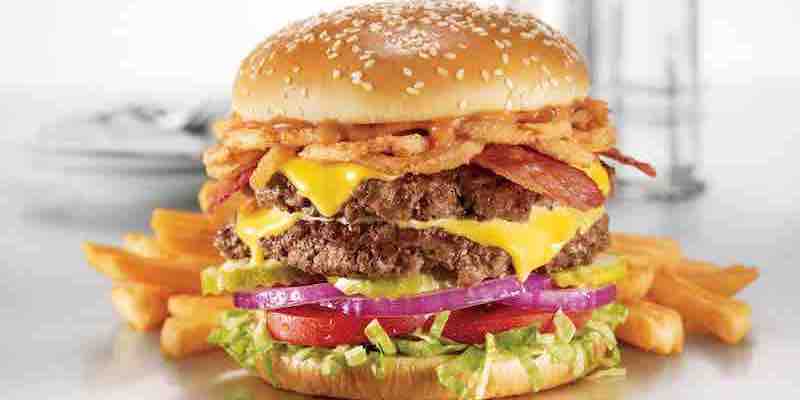Navigating the Cloud Kitchen Current: Strategies for Smooth Sailing

The article from ETHospitalityWorld by Himanshu Chawla, founder & CEO of Bakingo, outlines critical strategies for effectively managing a cloud kitchen business. As the cloud kitchen model continues to grow, with a projected compound annual growth rate (CAGR) of 14.9 percent from 2023 to 2028 in India, the competition is heating up. Here are the strategies suggested for staying ahead:
- Enhance Food Distribution Processes: Cloud kitchens must ensure fast deliveries by streamlining every step from order acceptance to delivery. Collaborating with third-party aggregators can also increase outreach and visibility.
- Abandon Manual Management: With orders coming from various online platforms, manual management can lead to errors and delays. Implementing a centralized ordering system that monitors orders from all sources is crucial for a seamless customer experience.
- Embrace Automation: Automation tools are vital in managing high-order volumes and ensuring quick food production. They reduce manual effort and streamline operations, from order management to food preparation.
The article emphasizes that the shift towards cloud kitchens has revolutionized food consumption, making it more convenient and accessible. As the market grows, cloud kitchen owners must optimize their operations and leverage technology to deliver exceptional customer experiences.
For a detailed read, you can view the original article on ETHospitalityWorld.
Balancing Automation with Personalization in Cloud Kitchens
Cloud kitchen businesses can balance the investment in automation with the personalized touch by using technology to enhance rather than replace the human elements of customer service. For instance, while automation can handle order taking and processing, personal touches can be added through customized packaging, personalized notes, or follow-up messages to ensure customer satisfaction. Additionally, data gathered from automated systems can tailor the dining experience to individual preferences, such as remembering past orders or suggesting new items based on customer history.
Overcoming Challenges with Centralized Ordering Systems
Integrating multiple ordering platforms into a centralized system can present challenges such as compatibility issues, data synchronization, and maintaining real-time updates across all platforms. These can be overcome by employing robust middleware solutions that can act as a bridge between different software applications. Ensuring that the centralized system is scalable and can handle high volumes of data is also crucial. Regular testing and updates and a dedicated IT support team can help address issues as they arise and ensure the system runs smoothly.
Ensuring Food Quality at Scale in Cloud Kitchens
To maintain food quality while scaling up operations, cloud kitchens should invest in standardizing recipes and processes to ensure consistency. Training for kitchen staff on quality control measures and regular audits can help maintain high standards. Additionally, using high-quality ingredients and investing in good storage and cooking equipment can improve food quality. Feedback mechanisms should also be in place to quickly address any quality issues that customers report. Finally, limiting the menu to items produced at scale without compromising quality can help maintain a reputation for excellence as the business grows.